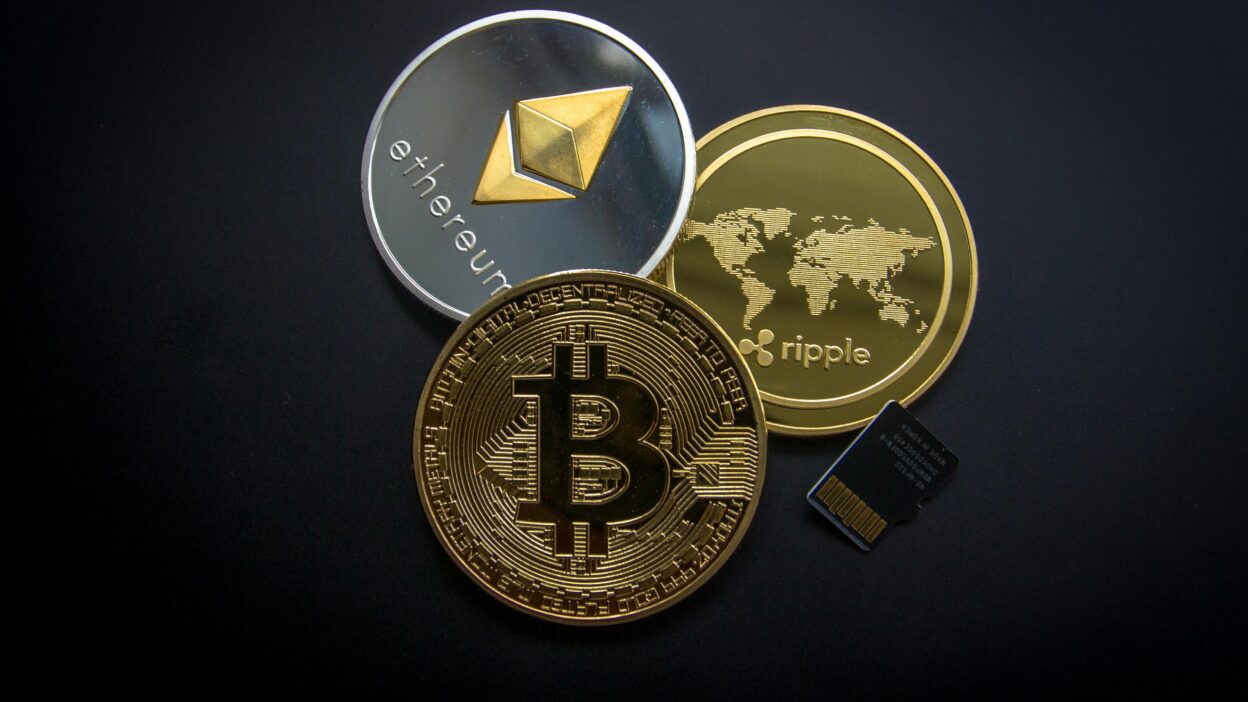Over the past decade, blockchain and cryptocurrency have evolved from obscure technological concepts into game-changing forces in the global financial landscape. From Bitcoin – the first cryptocurrency – to the explosion of thousands of altcoins and blockchain technology, we are witnessing a revolution in how value is transacted, stored, and managed.

The Evolution of Blockchain Technology
Blockchain – the distributed ledger technology behind Bitcoin – has undergone remarkable generational development. Initially designed as a decentralized ledger system to support Bitcoin transactions, blockchain has now evolved into diverse platforms with applications far beyond cryptocurrency.
First Generation: Bitcoin and Proof of Work
Bitcoin, created by Satoshi Nakamoto in 2009, introduced the “Proof of Work” consensus mechanism requiring computational power to validate transactions. While this approach was revolutionary, it is energy-intensive and has limited scalability.
Second Generation: Ethereum and Smart Contracts
Launched in 2015, Ethereum expanded blockchain capabilities through the introduction of smart contracts – self-executing code segments that trigger when certain conditions are met. This paved the way for decentralized applications (dApps), decentralized finance (DeFi), and NFTs.
Third and Fourth Generations: Scalability and Sustainability
Modern blockchains like Solana, Polkadot, and Cardano focus on solving the blockchain “trilemma”: scalability, security, and decentralization. Alternative consensus mechanisms like “Proof of Stake” have significantly reduced blockchain’s carbon footprint while improving transaction speeds.
The Diversity of Modern Cryptocurrencies
The cryptocurrency market has evolved far beyond Bitcoin, with thousands of coins serving various purposes:

Stablecoins
Currencies like USDC, Tether, and Dai are designed to maintain stable value, typically pegged to the US dollar. They serve as important bridges between traditional fiat currencies and cryptocurrencies, providing stability in a volatile market.
Utility Tokens
Designed to access specific services or platforms, utility tokens like Filecoin (decentralized storage) and Basic Attention Token (digital advertising) provide practical functionality beyond speculation.
Governance Tokens
Tokens such as Uniswap (UNI) and Compound (COMP) allow holders to vote on protocol-related decisions, creating decentralized governance systems.
Central Bank Digital Currencies (CBDCs)
Many nations are developing their own digital currencies, with China leading the way through the digital yuan. CBDCs represent central banks’ efforts to harness the benefits of blockchain technology while maintaining control.
Impact on the Global Financial Market
Blockchain and cryptocurrency are reshaping multiple aspects of the global financial system:
Financial Inclusion
With over 1.4 billion adults lacking access to traditional banking services, cryptocurrencies are opening doors to financial inclusion. In countries like Nigeria, Kenya, and the Philippines, cryptocurrencies are providing alternatives to traditional banking systems.
Decentralized Finance (DeFi)
DeFi protocols like Aave, Compound, and Uniswap are recreating traditional financial services such as lending and trading without intermediaries. By 2024, the total value locked in DeFi has exceeded $100 billion, signaling a significant challenge to traditional financial institutions.
Remittances and Cross-Border Payments
Blockchain technology is revolutionizing cross-border transactions, reducing the cost and time required for remittances. Platforms like Stellar and Ripple are partnering with financial institutions to minimize the complexities associated with international money transfers.
Capital Market Innovation
Tokenization of traditional assets like real estate, stocks, and bonds is enabling fractional ownership, increasing liquidity, and eliminating unnecessary intermediaries. This trend has the potential to significantly democratize access to investment opportunities.
Challenges and Future Prospects
Despite the benefits, blockchain and cryptocurrency still face several challenges:
Oversight and Regulation
As cryptocurrencies become more mainstream, regulators worldwide are seeking to establish clear frameworks. From KYC/AML regulations to tax management, the relationship between cryptocurrency and financial regulations is continuously evolving.
Security and Hack Risks
Hacks and security breaches in the cryptocurrency space remain major concerns, with billions of dollars stolen from exchanges and DeFi protocols.
Environmental Impact
Despite the shift to more environmentally friendly validation methods, the carbon footprint of blockchains like Bitcoin remains significant.

The Road Ahead
In 2025, we stand at an inflection point for blockchain and cryptocurrency. Technology adoption is accelerating as traditional financial institutions integrate blockchain technology into their operations and countries develop clearer legal frameworks.
While cryptocurrency prices may remain volatile, the fundamental value of blockchain technology in creating transparency, efficiency, and accessibility in the global financial system is undeniable. As the technology continues to mature, the potential for innovation is limitless – from advanced payment systems to entirely new governance models.
Blockchain and cryptocurrency are not merely a technological trend; they represent a fundamental transformation in how we understand and interact with money and value in the global economy.




